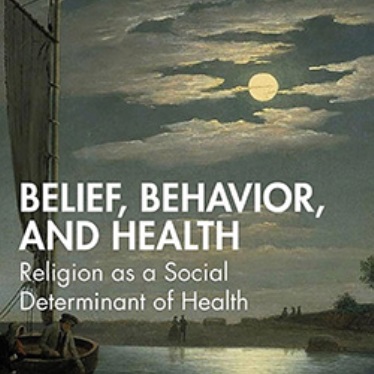Ma study on gender differences leading in paths leading to a STEM Baccalaureate published in SSQ
Oct 17, 2011
Gender Differences in the Paths Leading to a STEM Baccalaureate
Yingyi Ma
Social Science Quarterly, October 2011
Objectives
Many have wondered why U.S. women continue to shun certain STEM fields, including science, technology, engineering, and mathematics. This study investigates this question and examines the pathways that women and men follow in attaining their STEM bachelor's degrees.
The authors use NELS 88-00 and the postsecondary transcript data, the descriptive analysis to examine gender differences in the three stages of the STEM pipeline: expected college major, first major, and bachelor degree major. The multivariate analysis examines the outcomes of STEM degree attainment, the subfields attainment and the pathways in a series of logical steps.
Drawing from the pipeline model and its associated cumulative disadvantage theory, and the alternative framework of revolving door theory, analyses from this study indicate that men are more likely than women to follow the complete persistence pathway to attain STEM degrees, but women are as persistent as men once they expect a major in STEM as high school seniors. High school achievement, attitudes, and course taking are related to the subfields attainment, as well as the pathways of the STEM degree attainment.
Taken together, the results are more aligned with revolving door theory and support the contextual variability in the salience of gender to understand gender differences in attaining STEM fields.
Related News
Research

Oct 15, 2025
Research

Oct 7, 2025
Commentary

Sep 9, 2025

